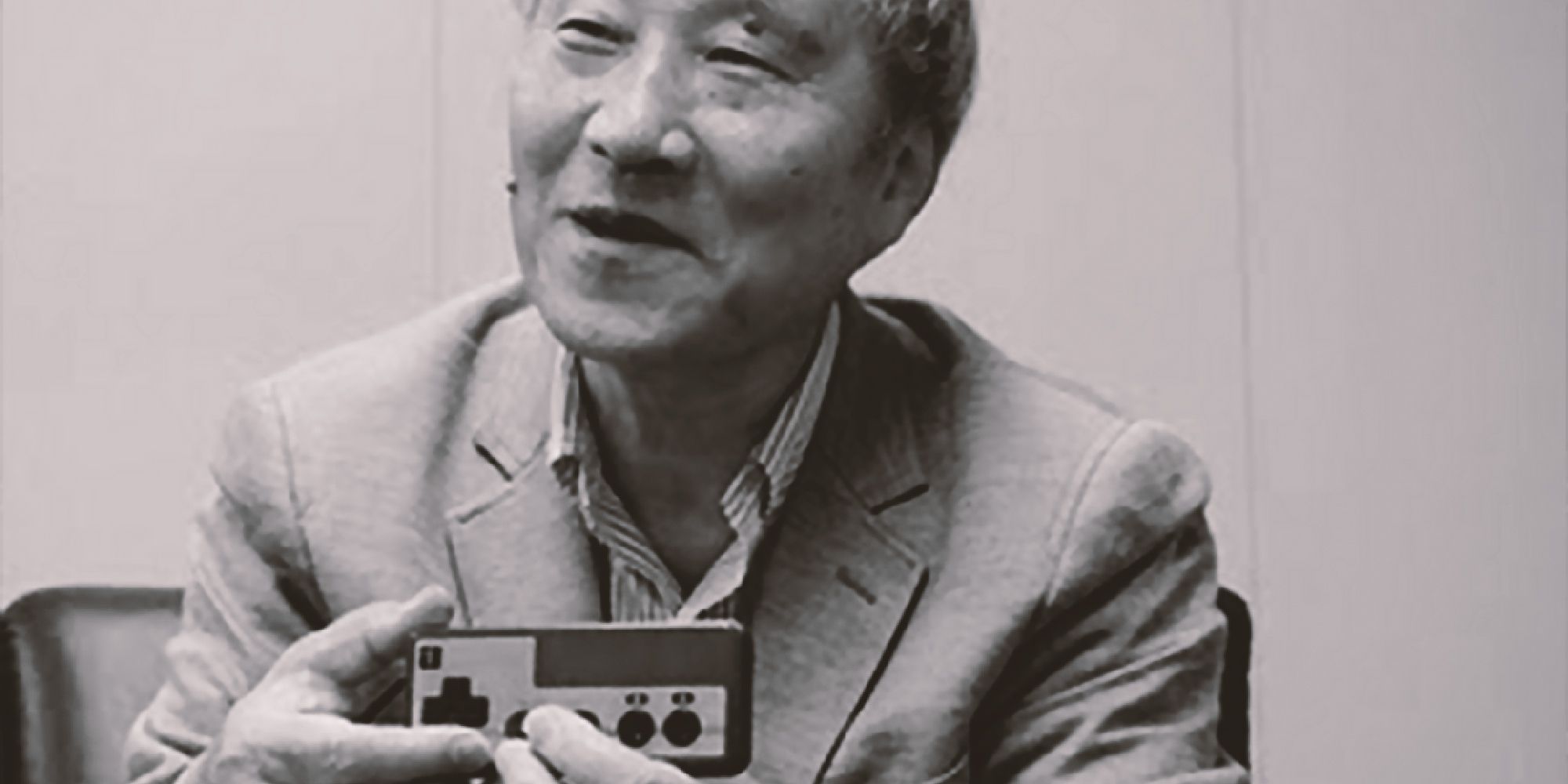There are certain individuals whose contribution to video games are huge and without whom the modern landscape for our beloved hobby would be very different. Masayuki Uemura is one of those people. Today, it was announced the Japanese engineer, who helped create the influential NES and SNES consoles, died on December 6 at the age of 78.
Born June 20, 1943, Uemura grew up in Tokyo and attended the Chiba Institute of Technology as a young man. He joined Sharp Corporation in 1972 as an engineer. There he helped to sell photocell technology to other companies, one of which was Nintendo. There Uemura met Nintendo designer Gunpei Yokoi, who would go on to create the Game & Watch, Game Boy, and the cross-shaped control pad. Working with Yokoi, Uemara helped to implement Sharp's solar cells in a light gun, devised by Yokoi, which used the light detecting cells to create a shooting game. This was released as the Laser Clay Shooting System, an arcade game in which players had to target images of pigeons. This was later miniaturised and turned into a home arcade game called Duck Hunt (1976).
Uemura joined Nintendo as head of R&D2, where he led the development of Nintendo's first home 'consoles' - the Color TV-Game, which were basic gaming systems that had only built-in titles. In 1981, Uemura started work on a system that would be capable of playing arcade games on a TV and which could use interchangeable cartridges, following a demand from Nintendo president Hiroshi Yamauchi. Uemura became the lead architect on the Family Computer (Famicom), also known as the Nintendo Entertainment System (NES), which helped to popularise consoles in the United States again after the video game crash of 1983, when Atari left consumer confidence in video games at an all-time low due to poor quality control.
For the US market, Nintendo made changes to their console including a redesign that changed their device to be front-loading to look similar to the tape deck of a VCR, while the NES Zapper was bundled to attract Americans interested in the idea of shooting in a game. The Famicom/NES performed well, to Uemura's surprise, with 61.9 million units sold, with Japan accounting for 20 million of those. The engineer also served as the lead on the SNES, Nintendo's highly successful follow-up to the Famicom. He also worked as a producer on games such as Soccer, Baseball, Golf, Clu Clu Land, and Ice Climber.
Speaking on a special visit to the National Videogame Museum in Sheffield, England, in February 2020, Uemura considered the legacy of the console he helped create: "When I developed the Famicom, I put all the basic functions that were necessary to make it as a gaming device. For the Switch, it's inherited all that over the years. All the successes and failures of the Famicom are inherited by the next generation of consoles and onward."
Uemura retired from Nintendo in 2004 and became a professor at Ritsumeikan University in Kyoto, where he researched and taught about video games. The institute announced that Uemura passed away on Monday at age 78.

